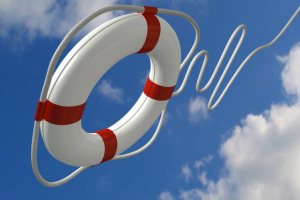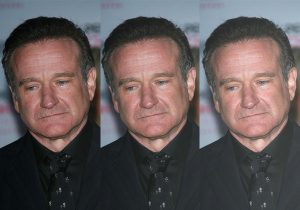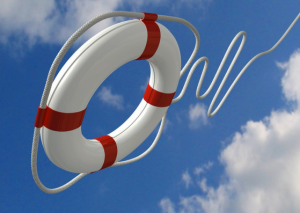VIDEO: Dr. Allan Schore on the Psycho-Biological Nature of Suicidality
Watch an excerpt from PsychAlive’s interview with Dr. Allan Schore.
Dr. Allan Schore explains the psycho-biological nature of suicidality.
Dr. Allan Schore: Now in cases whereby you have early severe attachment problems, such as neglect and abuse, again, this will alter the trajectory of the right (brain) over time. And it will affect some of the major functions of the right hemisphere in detrimental ways:
Number 1 – Problems in being able to emotionally communicate affects to other human beings, which, incidentally, in suicide, the person is usually isolated and does not have the – either the social environment that is interested enough in his own internal world, internal states, especially the heavily painful states, etc. – to inter-subjectively make a connection, and therefore, to interactively regulate that.
So by definition, we’re going to see at later points of stress, problems in affect regulation. In the cases of suicidal patients, an exquisite sensitivity to mis-attunements, to narcissistic injuries, etc. form which, there is then, an intense affective response and the intensity of the affective response is there literally because of this inability to either auto regulate it through one’s own coping behaviors or interactively regulate it with another human being.
Next piece, in addition to the affect regulation — and of course the kinds of affects that we would find dis-regulated in suicidal patients — in addition to be depression. But now we’re talking about hopeless and hopeless despair — we’re not talking about neurotic depression here — much more severe than that. But also other affects would be dis-regulated, and these are the same affects which would have been regulated early in the attachment relationship.
So we’re looking at dis-regulations, high dis-regulations of shame, non-verbal affect, high dis-regulations of disgust, high dis-regulations of rage states, hyper-aggressive states, terror states, etc. These are the ones which are part of this person’s internal world, which have no access, so to speak, to an external regulator.
Number 2 – The right (brain), as I said, is more connected than the left verbal hemisphere into the body. The heart rate is much more regulated by the right hemisphere than the left hemisphere. And there are several alterations of arousal that we see with early relational trauma, which are essentially dis-regulations, not on the central nervous system, but of the autonomic nervous system. Now, the autonomic nervous system has come into the foreground now in cases of post-traumatic stress disorder. What we’re saying here is that the body is also dis-regulated and the autonomic arousal of the body is dis-regulated.
Well this, very much I think, we’ll also see this now coming into play with suicidal patients because suicidal patients, as we know, in the more severe forms of it in the later stages, there is a total inability to process anything coming out from the body. They are less responsive to their own bodies, etc. to felt experience, cut off from that. And because of this, literally, they’re cut off from their own psychosomatic core.
And incidentally, very much of the time, will be in states of severe hypo-arousal, which is extremely dis-regulating. This kind of ‘empty core state’, etc., which is why, at times, they even drive themselves up into the illusion of hypo-arousal to hold onto the self. So, the body – that is also going to be a player. And I point this out, because, as opposed to the more behavioral and the cognitive models, we’re now looking at brain/mind/body models and the body is now coming into play through affects because, obviously, affects, are, by definition, psychobiological states.
Next thing is there is this matter of the self and the representation of the self and obviously, in cases of suicidal ideation, there is a shattering of the image, of the internal representation of the self. That self, that implicit self, which is a non-conscious self, not only the conscious, but the implicit self at the level of the unconscious. That also is highly disintegrated with these individuals here. And again, what I’m suggesting is essentially, what that reflects is a lack of integration of the right brain. In order for the right brain to function, there must be good connectivity between the high right hemisphere and the lower right brain stem, etc. The sub-cortical areas. And as we know, the right amygdule sub-cortical is a big player here.
If you do not have regulation from the higher right over the right sub-cortical amygdule, that’s problematic because the right amygdule is essentially the threat/fear/danger center of the brain. And when dis-regulated, it will drive intensely negative affects as we see here. So essentially, you’re looking at a person who does not have the opportunity to use the higher four centers of the brain, the higher centers of the right frontal areas, to regulate their own states. And the reason for that again is because of their immature maturation.
Tags: neurobiology, Suicide, suicide prevention, video









Leave a Reply